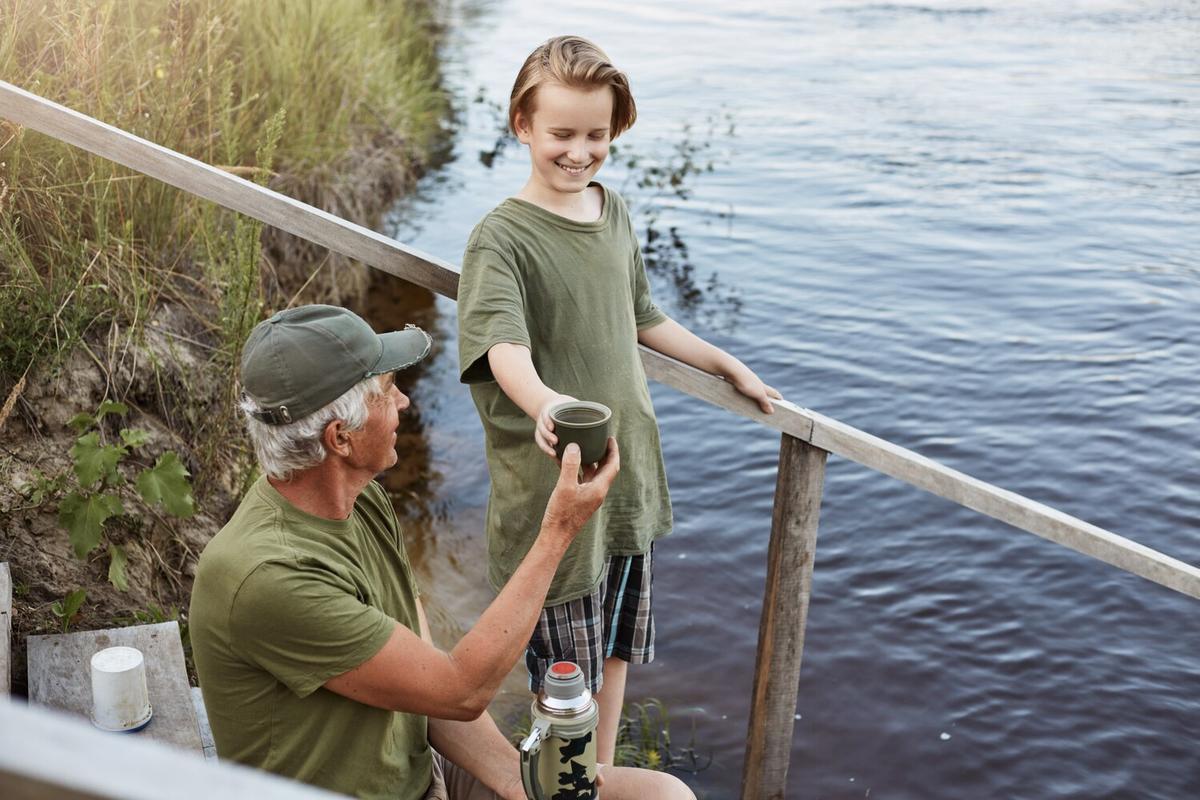
Sustainable Seafood: What You Need to Know
Sustainable seafood is more than just a buzzword; it’s a vital component of our efforts to protect marine ecosystems and ensure food security for future generations. As consumers become increasingly aware of the environmental impact of their dietary choices, understanding sustainable seafood becomes crucial.
Eating seafood sustainably involves choosing fish and shellfish that are caught or farmed in ways that consider the long-term vitality of harvested species and the well-being of the oceans. According to the Food and Agriculture Organization (FAO), about 34% of the world’s fish stocks are currently overfished, highlighting the need for responsible sourcing.
Understanding Sustainable Seafood
Sustainable seafood comes from sources that can maintain or increase production without jeopardizing the ecosystems from which it was acquired. This often involves adopting practices like reducing bycatch, maintaining healthy fish populations, and supporting eco-friendly aquaculture.
Expert Insights
Dr. Sylvia Earle, a renowned marine biologist, emphasizes that “choosing sustainable seafood is one of the most impactful decisions consumers can make to ensure the health of our oceans.”
Statistics to Consider
The Pew Charitable Trusts report that sustainable fishing could increase annual fish catches worldwide by 16 million metric tons, demonstrating the potential benefits of conscientious seafood choices.
Personal Experience
Consider the story of Mark, a seafood lover who transformed his buying habits after learning about overfishing. By choosing sustainably certified products, he not only enjoyed fresher fish but also supported responsible fisheries.
Actionable Tips for Choosing Sustainable Seafood
- Look for certifications like the Marine Stewardship Council (MSC) label, which indicates sustainable fishing practices.
- Familiarize yourself with seafood guides that list sustainable fish choices, such as the Seafood Watch by the Monterey Bay Aquarium.
- Opt for local and seasonal fish to reduce the carbon footprint associated with transportation.
- Ask your fishmonger about the origin of the seafood and the methods used to catch or farm it.
When dining out, don’t hesitate to ask restaurants about their seafood sourcing policies. Many establishments are happy to share their commitment to sustainability.
Comparison Table: Sustainable vs. Non-Sustainable Seafood
| Aspect | Sustainable Seafood | Non-Sustainable Seafood |
|---|---|---|
| Environmental Impact | Low | High |
| Fish Population Health | Maintained | Declining |
| Bycatch | Minimized | High |
| Eco-Friendly Practices | Implemented | Neglected |
| Carbon Footprint | Reduced | Increased |
| Certification Labels | Present | Absent |
| Consumer Awareness | Encouraged | Ignored |
| Long-Term Availability | Secured | Threatened |
FAQs about Sustainable Seafood
What is sustainable seafood?
Sustainable seafood is sourced in ways that ensure the long-term health of marine ecosystems and fish populations.
How can I identify sustainable seafood?
Look for certification labels like MSC or refer to seafood guides from reliable organizations.
Why is sustainable seafood important?
It helps preserve marine biodiversity, supports fishing communities, and ensures future seafood supplies.
Can farmed seafood be sustainable?
Yes, when aquaculture practices are environmentally responsible and do not harm the ecosystem.
Conclusion
Choosing sustainable seafood is an empowering decision that supports the health of our oceans and the future of our food supply. By being informed and proactive in our choices, we can enjoy the bounty of the seas while ensuring their preservation for generations to come. For more information on sustainable eating, explore resources from the Marine Stewardship Council and Seafood Watch.